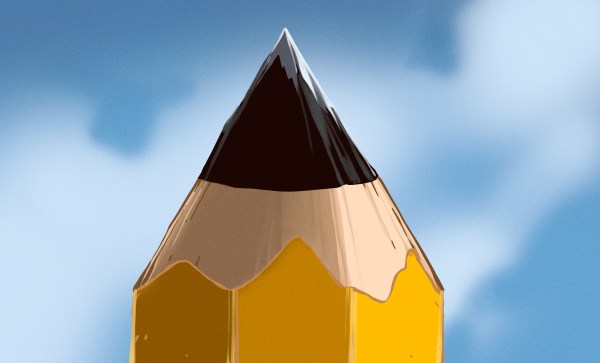It’s been a trope of the news cycle over the past decade or so, that there’s some element which we all need but which someone else has the sole supply, and that’s a Bad Thing. It’s been variously lithium, or rare earth elements, and the someone else is usually China, which makes the perfect mix of ingredients for a good media scare story. Sometimes these things cross from the financial pages to the geopolitical stage, even at times being cited in bellicose language. But is there really a shortage?
The Colorado School of Mines say perhaps not, as they’ve released a paper from an American perspective pointing out that the USA already has everything it needs but perhaps doesn’t realize it. We’re surprised it seems to have passed unnoticed in a world preoccupied with such matters.
We’ve covered a few stories about mineral shortages ourselves, and some of them even point to the same conclusion reached by the School of Mines, that those mineral riches lie not in the mines of China but in the waste products closer to American industry. In particular they point to the tailings from existing mines, a waste product of which there is a huge quantity to hand, and which once stripped of the metal they were mined for still contain enough of the sought-after ones to more than satisfy need.
The history of mining from medieval lead miners processing Roman tailings to 19th century gold miners discovering that their tailings were silver ore and on to the present day, includes many similar stories. Perhaps the real story is economic both in the publicity side and the mining side, a good scare story sells papers, and it’s just cheaper to buy your molybdenum from China rather than make your own. We’ll keep you posted if we see news of a tailings bonanza in the Rockies.

















